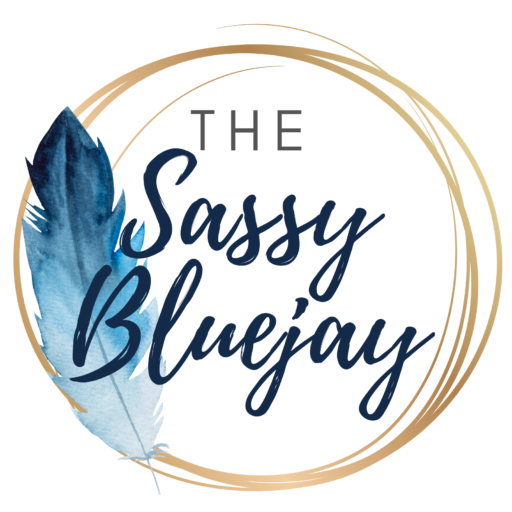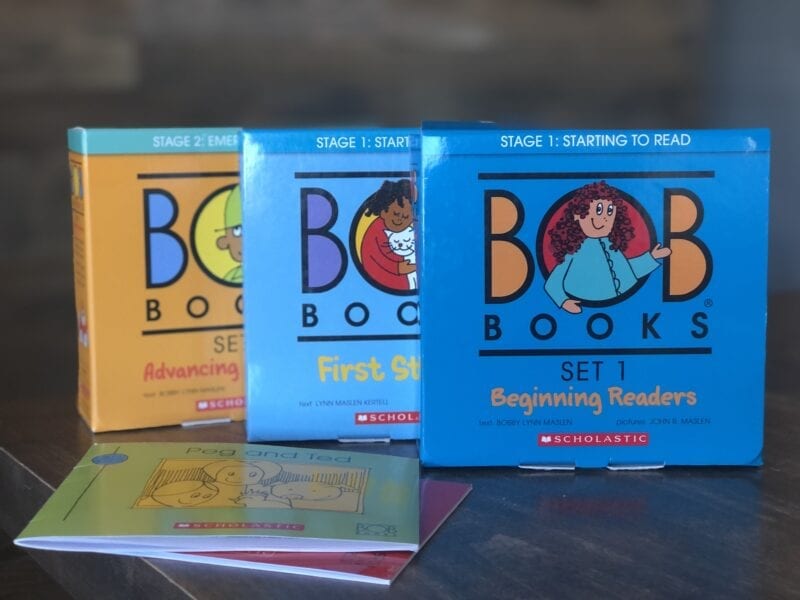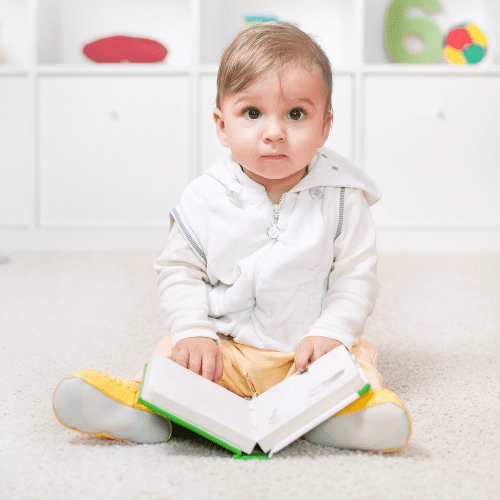
When Do Kids Learn to Read? 3-5 Years old with THESE tools!
When Do Kids Learn to Read?
Every child is so different! As a new parent, I asked my doctor, “When do kids learn to read?” I learned there is no exact age when every kid learns how to read. However, there are steps you can take in your family to help encourage your child to be a reader before they enter kindergarten. Today I’m going to share with you my family’s experience of how we taught our kids to read by age 4. I hope our experience helps inspire your young readers and your family!
Read on to learn our 3 TRIED and TESTED TOOLS for teaching our kids to read by age 4.
Tool #1 – It All Starts with a LOVE for Reading!
As far back as I can remember, our children have had access to lots of books. In fact, on our Baby Registry, we ask for our guests to give us their favorite children’s books in lieu of cards. This gift idea introduced us to tons of new and great titles! Most people gave us board books which were very sturdy and gave us peace of mind that the little ones wouldn’t rip or swallow any pages as they were exploring the books with their mouths (they all do it!).
Here’s some of our family’s favorite titles ~ perfect for ages Birth – 3.
Board Book Versions:
(You can’t go wrong with anything by Sandra Boynton!)
Making Reading Part of the Routine
Every night, we read our children stories. I genuinely believe that this has helped inspire their passion and love of books. Once we moved past the Board Books stage, that’s when the real fun began! Like many families, we have those titles that we read over and over again. We also make trips to the library about once every three weeks to trade out our old titles and pick up some new ones. Each visit, we check out exactly twelve books (my two kids and I each select four books). I select some of the books, while the kids choose the others.
Here’s our Top 10 List of Family Nighttime Books:
Here We Are: Notes for Living on Planet Earth by Oliver Jeffers
Oliver Jeffers is my favorite authors and illustrators. He wrote this sweet book for his newborn child as he was contemplating just how to introduce them to this magical place called Earth. It’s a beautifully illustrated and conceptualized book.
Don’t Let the Pigeon Stay Up Late! by Mo Willems
Mo Willems doesn’t disappoint with any of the books from the Pigeon series. This one is extra fun at bedtime. As our kids get older, they’ve also fallen in love with the Elephant and Piggie books (great for early elementary readers).
Don’t Push the Button! A funny Interactive Book for Kids by Bill Cotter
Parents and kids will giggle like crazy while reading this book! It’s a family favorite. You can easily imagine why by just looking at the cover!
Interrupting Chicken by David Ezra Stein
A Caldecott award winner, this book is a delightful bedtime story! Colorfully illustrated and packed with laughs, this is beloved by our kids.
The Pout-Pout Fish by Deborah Diesen and Dan Hanna
If your family hasn’t read this book yet, score it today! This grumpy pout-pout fish has lots of reasons to be grumpy. Kids will love repeating his pouting mantra over and over again. Attitude is everything!
Maybe by Kobi Yamada and Gabriella Barouch
If you’ve read the series, What do you do with a Chance, Idea, or Problem, then you’re familiar with the incredible author Kobi Yamada.
He’s written one of the most special books I’ve read in years, illustrated beautifully and a lovely bedtime love story.
This Book is Perfect! By Ron Keres and Arthur Lin
Silly, relatable, and beautifully illustrated. This is a fun page-turner that kids will love to read over and over again.
Where the Wild Things Are by Maurice Sendak
Another Caldecott Medal-winner and personal favorite. Our child had this book memorized by the time she was three, since we read it so many times together. To say I love this book is an understatement. If it’s unfamiliar to you, please pick it up today! You will fall in love, too.
The Book with No Pictures by B.J. Novak
This silly book might seem boring and uninteresting to kids. However, the adult reader has to say EVERYTHING on the page – even if it’s nonsense! Kids love it, and adults quickly fall in love, too.
Day Dreamers: A Journey of Imagination by Emily Winfield Martin
Shout out to a PNW author! I first discovered Emily Winfield Martin when visiting a Portland gift shop that carried her tender, beautiful books.
This is one of our family’s favorites of them all. You can easily see why her books are so beloved, near and far from Oregon.
Do your kids love learning apps? Check out this list of AWESOME Learning Apps for preschoolers!
Tool # 2 – BOB Books
BOB Books actually work!
If you really want to know how I taught my four-year-olds to read, then look no further. I stumbled upon BOB Books while reading reviews on Amazon. I did lots of comparing to other reading programs and ultimately settled on BOB Books thanks to their high ratings and simple format.
It was a little overwhelming ~ searching through the different options for reading programs and book sets. I spent about a week, comparing reviews, checking in with my Early Childhood Educator friends – then finally decided to give BOB Books a chance.
There’s no question in my mind, BOB Books are why my kids learn how to read at such a young age! The series has been around a very long time ~ look no further to find our family’s trick!
Where to Start: Set 1 – Beginning Readers
Mat and Sam! These two characters are where it all begins. Follow their adventures as they play, meet new friends, and live the best kid lives. There are lots of animals in this series including cats and docs (and a robot!) which kept my kids’ attention and made the series extra fun.
These books are filled with sentences made of simple text including Consonant-Vowel-Consonant (CVC) words like Mat, Sam, Cat, Dog, and more. Short vowels and plenty of repetition make this a series of books that will boost your young reader’s confidence. Sight words abound in this Beginning Reader series, like the, and, how, and it.
I’ll never forget the first time my child finished the first book, Mat. I don’t know who was more excited – her for finishing her first book EVER, or me for finding a series of books that were so easy yet so educational!? We celebrated like crazy, hugging, smiling, and cheering the fact that she had read her first book ever. She immediately wanted to read Book 3 (not book 2 about Sam – you see, Book 3 was entitled “Dot”, about a little girl!).
From that night on, I didn’t have to do much convincing her to read – she was enthusiastic and excited to read another book each night.
How We Read the BOB Books
To be honest, my kids didn’t jump for joy at the idea of learning how to read “all by themselves!” We had grown so comfortable with Mommy reading to them – we had to ease into this new process, especially with my youngest child. To do this, we simply changed our routine for bedtime, being explicit that “first I’ll read you a story, then you get to read me a story.” We fell into this routine pretty quickly, and now this is our normal way of doing business at bedtime!
Each night after we read a nighttime book, my kids select one of the BOB Books to read to me. We read closely together to work through one book at a time. Sure, they get frustrated some times; sometimes they try and rush through or recite the books from memory. But the books are perfectly short and easily digestible – even for the youngest reader (and a tired mommy!).
Now that I have two kids who are reading, we sometimes have to take turns or or one reads with my husband. We have split the kids up before at bedtime, that way we can keep each of them learning at their level. Other nights, we have one of them read to all of us ~ that makes it more fun, having a larger audience.
Skills are added each book
When do kids learn to read? One book at a time with the BOB Series! You can see from this photo that each book, one or two new skills or sounds are added to each. In fact, we read this page as a family, practice the skills, and use it to anticipate the new skills we’re going to learn.
In the first books of the Series, the skills they learn are all sounds, with a little bit of punctuation included. The book shows the letter as well as a word that mimics that sounds, like C – Cat (with a picture of a cat) or M – Moon (with a moon shape). It’s very kid-friendly and fun!
By the time your child gets to the 12th book, they’ve seen nearly every letter in the book and practiced the sounds they make. It’s a strong foundation for any young reader.
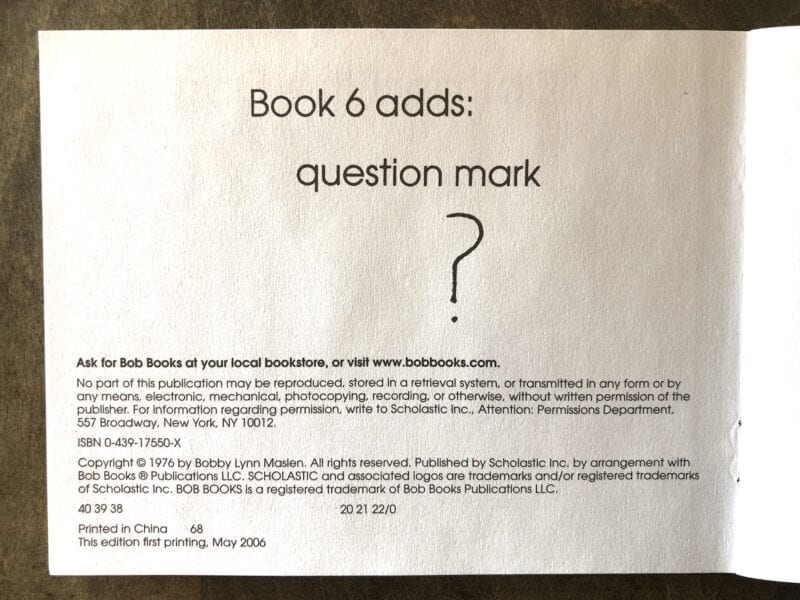
Colorful Images Provide Context Clues
Don’t get me wrong – these books contain some challenge! What I love about the series, though, is simple drawings help to provide context clues for kids. Be warned, though, these images can help your child “fake” reading by memorizing the story line! It’s important that we read together so I can help redirect them to the letters on the page and the sounds each word makes.
In the book pictured below (Book #8 of Series 1), the new skills your reader learns are the short vowel “u” and the sound of “f.” You can see how those sounds are repeated several times to help reinforce the skills.
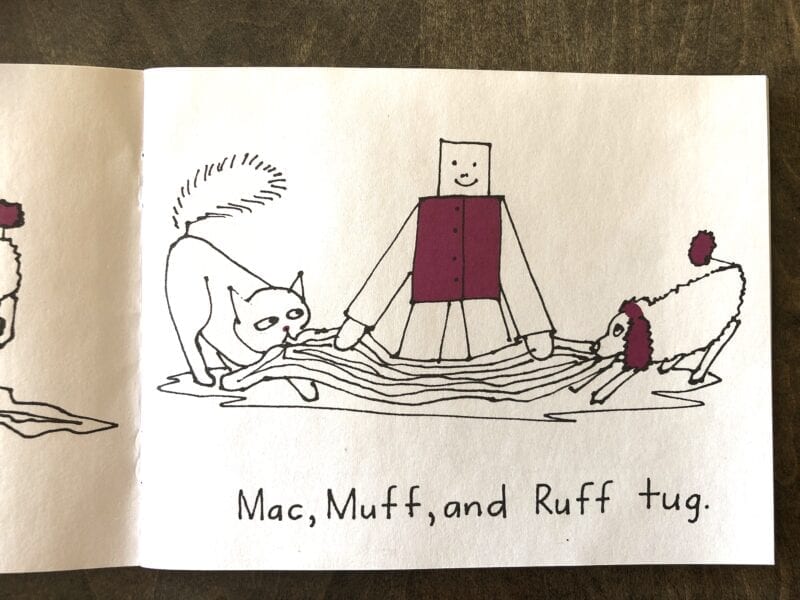
CVC, Repetition, and Sight Words Abound
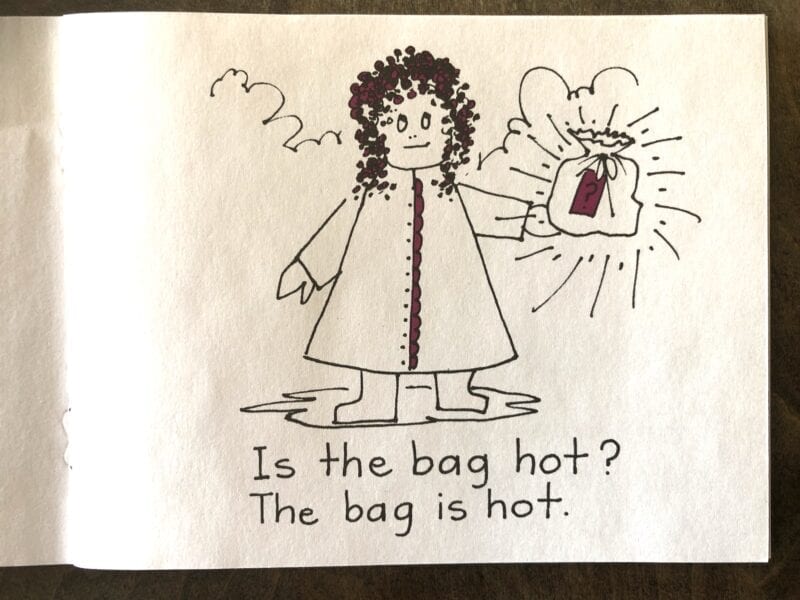
More from Series 1 – Beginning Readers
I highly recommend starting with the Series 1 – Beginning Readers box from BOB Books. It contains 12 short books that my young readers devoured in a few weeks. I tried to convince my children to go back and re-read the books, focusing this time on mastery of skills. However, they weren’t that interested! So I purchased the next set in the Bob Books Series:
These two sets were just enough challenge and fun to keep their learning momentum going.
I’m proud to say that at 4 years old, each of my kids were able to read every story in Stage 1, and many of the words/stories in Stage 2.
Score the Whole Set
This year for Christmas, we’re giving our little 3-year old nephew the entire set of BOB Books. I’m so confident in this series and in the difference it’s made for my little learners ~ I hope he and his family find the same amazing results.
Have you used BOB Books, too? Leave your experiences in the comments below!
Tool # 3 – Sight Words Exposure
The final tool that helped our kids learn to read before kindergarten was exposure to sight words.
Sight words are the frequently used, most easily recognized words in the English language. English is a very challenging language to learn since there are many rules – but also many words that don’t always follow the most common rule of speech.
Sight words to save the day! I researched a few different sight word tools but ultimately landed on the best I could find: Think Tank Scholar’s Sight Word Pack.
These flash cards, much like Bob Books, build on themselves and progress from easiest to most challenging. Our kids certainly didn’t have these mastered by the time they reached kindergarten. However, their foundation with these sight words and Bob Books gave them a great start by the time they reached kindergarten.
Learning to Love to Read
As a mom, I hope to continue sharing the love for learning with my kids. We worked carefully to help give them the skills they needed to be proficient young readers – while most importantly, loving reading.
These tools – reading together, Bob Books, and Think Tank Cards – were a powerful combination. I’m proud to say that both kids are at or above grade level as readers, thanks to this helpful start of their reading journey!
Please share your experience with helping your kids to read!
Have you used any of these tools?
What books are your family favorites?
Share your comments below 🙂
You May Also Like

Smart Home Gift Ideas – Your Ultimate Shopping List
October 31, 2019
A Labradoodle Puppy – Best Family Dog for Infants, Toddlers & Children
January 3, 2020

